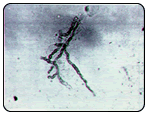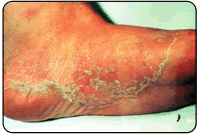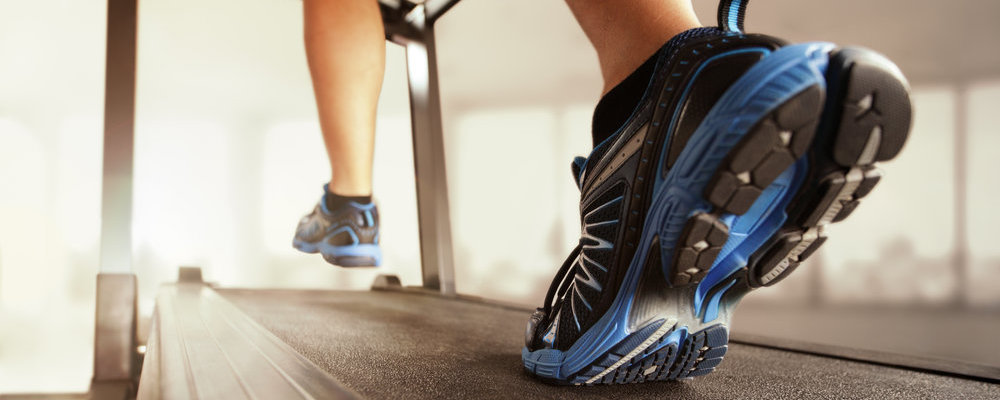Table of Contents
St. Louis, MO Athletes Foot (Tinea Pedis) Treatment
Athlete’s foot is caused by a fungal infection of the skin on the foot. The majority of these infections are caused by one of three fungal agents called dermatophytes. Athlete’s foot is by far the most common fungal infection of the skin. The infection can be either acute or chronic. The recurrent form of the disease is often associated with fungal-infected toenails. The acute form of the infection most often presents with moist scaling between the toes with occasional small blisters and/or fissures. As the blistering breaks, the infection spreads and can involve large areas of the skin on the foot. The burning and itching that accompany the blisters may cause great discomfort that can be relieved by opening and draining the blisters or applying cool water compresses. The infection can also occur as isolated circular lesions on the bottom or top of the foot. As the skin breaks down from the fungal infection, a secondary bacterial infection can ensue.
If you suffer from the symptoms associated with Athlete’s Foot, contact Missouri Foot & Ankle today to see how we can help!
Diagnosing Athlete’s Foot

Athlete’s Foot Treatment

The chronic form of athletes foot is a relatively noninflammatory type of infection. It is characterized by a dull redness to the skin and pronounced scaling. It may involve the entire bottom of the foot giving a “moccasin” appearance. It generally does not itch or result in the formation of blisters. This form of the disease frequently has an associated fungal infection of the toenails. There are good topical and oral medications available for the treatment of this condition. There are some less common causes of dry scaling skin on the feet.

